Light Beyond Fixtures - A Trip To Delta Light’s Headquarters
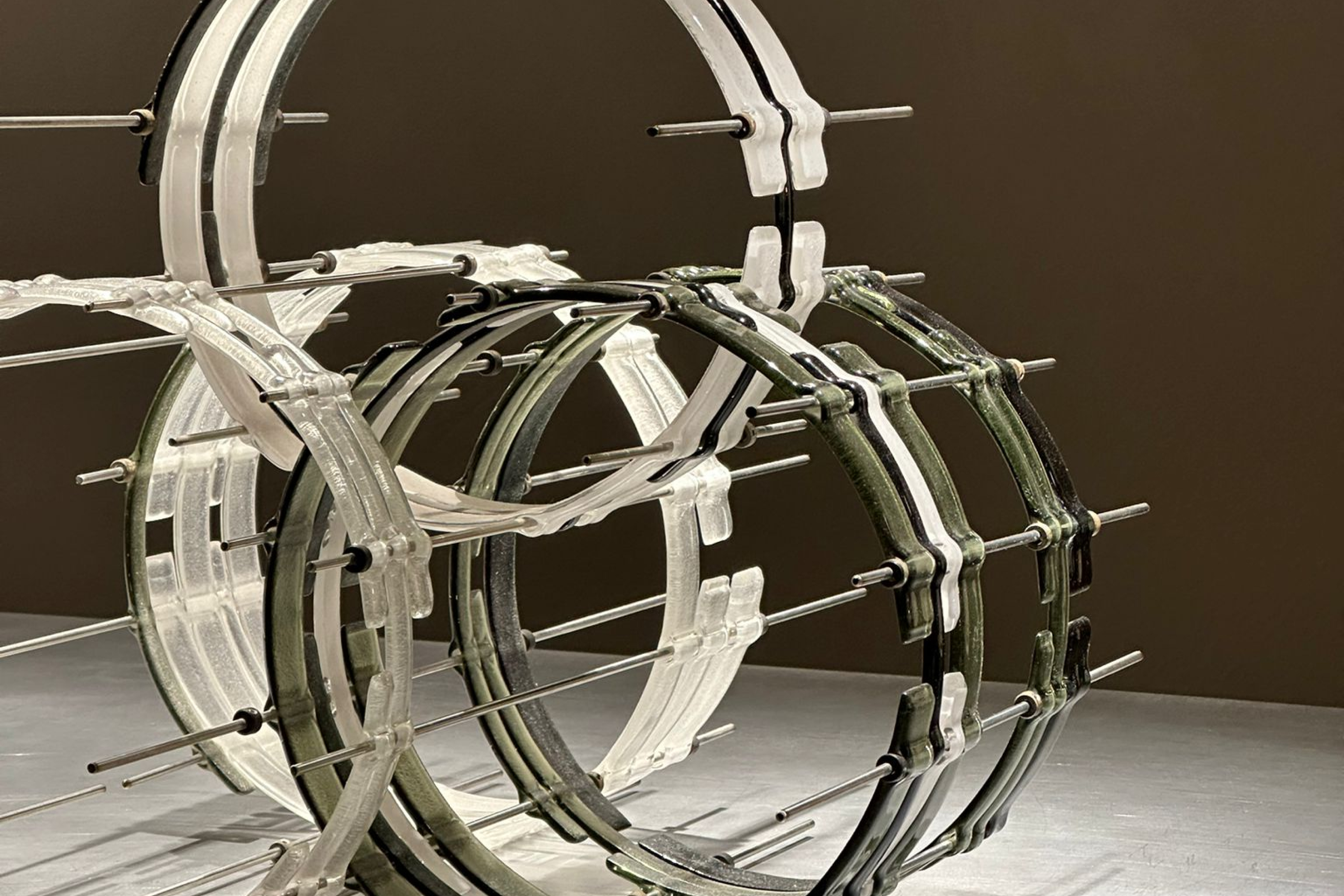
Spending time at Delta Light’s headquarters near Bruges offered much more than technical insights. It opened up a deeper reflection on how lighting operates as a fundamental part of architectural language.
The visit centred on a series of lectures and demonstrations that avoided the typical product-led approach. Instead, the focus was on light as a design tool, one that shapes how we perceive, feel, and move through space. A particularly resonant moment was a comparison to Renaissance painting, where light wasn’t just about visibility but storytelling. In the works of Caravaggio or Rembrandt, light draws the eye, reveals meaning, and carves out atmosphere. In architecture, the same principles apply: lighting defines spatial rhythm, sets tone, and distinguishes between moments of openness and enclosure, drama and calm.
Discussions also unpacked the technical dimension, exploring how different optical systems such as reflectors, lenses, and hybrids affect the behaviour of light. Misused, these tools can flatten a space or introduce glare. Used with care, they create precision and depth. Light’s interaction with materials was another key point, showing how surfaces shift in warmth, texture, or clarity depending on the source, angle, and temperature. What appears as a neutral finish under daylight can transform entirely under artificial illumination.
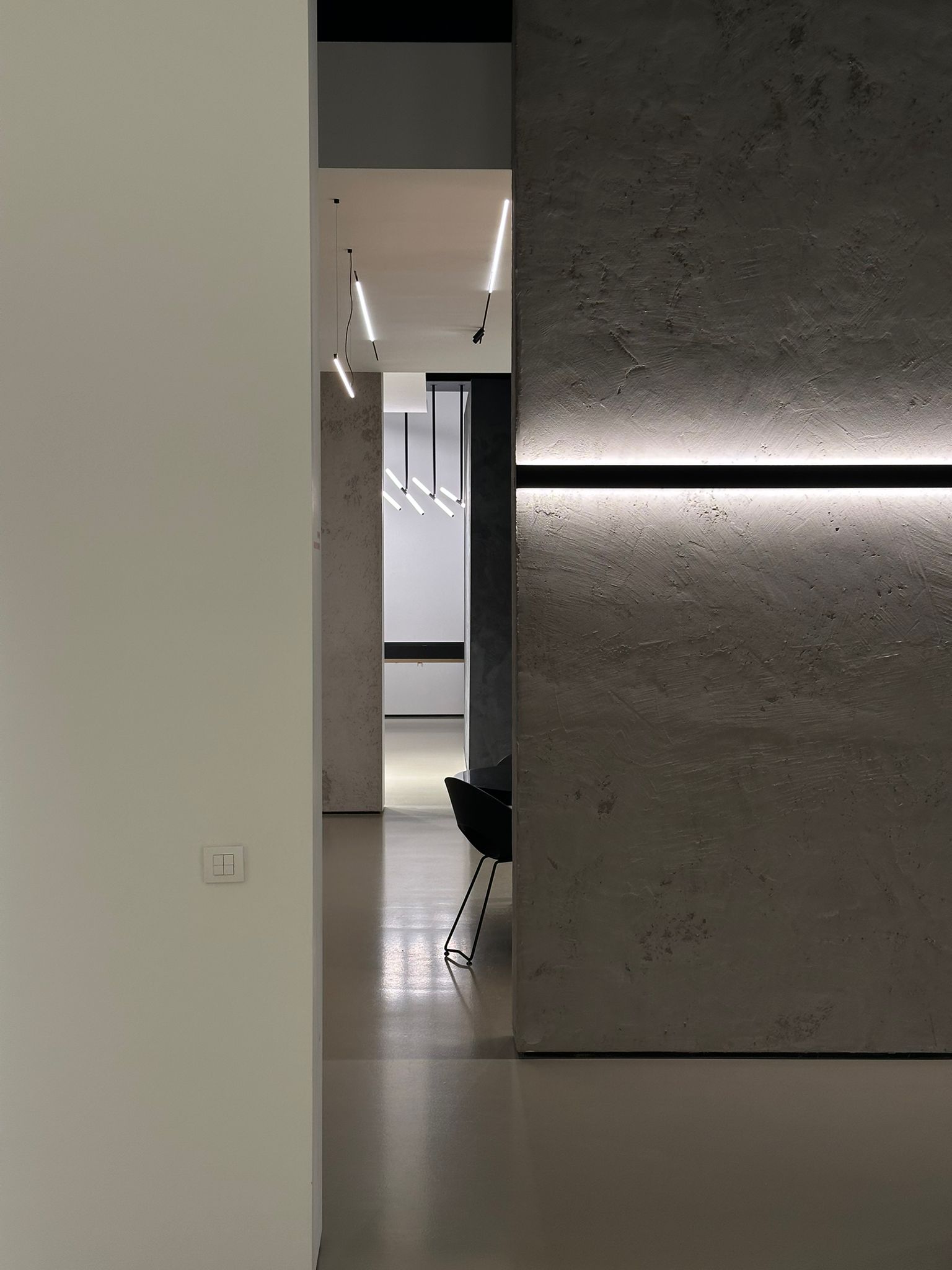
Even the architecture of the headquarters reflected these ideas.
A glazed pavilion perched above the factory caught the sky and filtered natural light in subtle, deliberate ways. It illustrated, without explanation, how spatial design and light can be choreographed to feel generous and quiet at once.
The showroom experience reinforced how lighting alters spatial perception. A side-by-side comparison of fittings with different CRI ratings, for instance, made clear how colour rendering influences our reading of materials, sometimes in barely perceptible but critical ways.
What this visit reinforced is that lighting isn’t simply about function or decoration. Like structure or material, it is integral to the architectural idea, capable of enhancing or undermining the clarity and emotional register of a space.
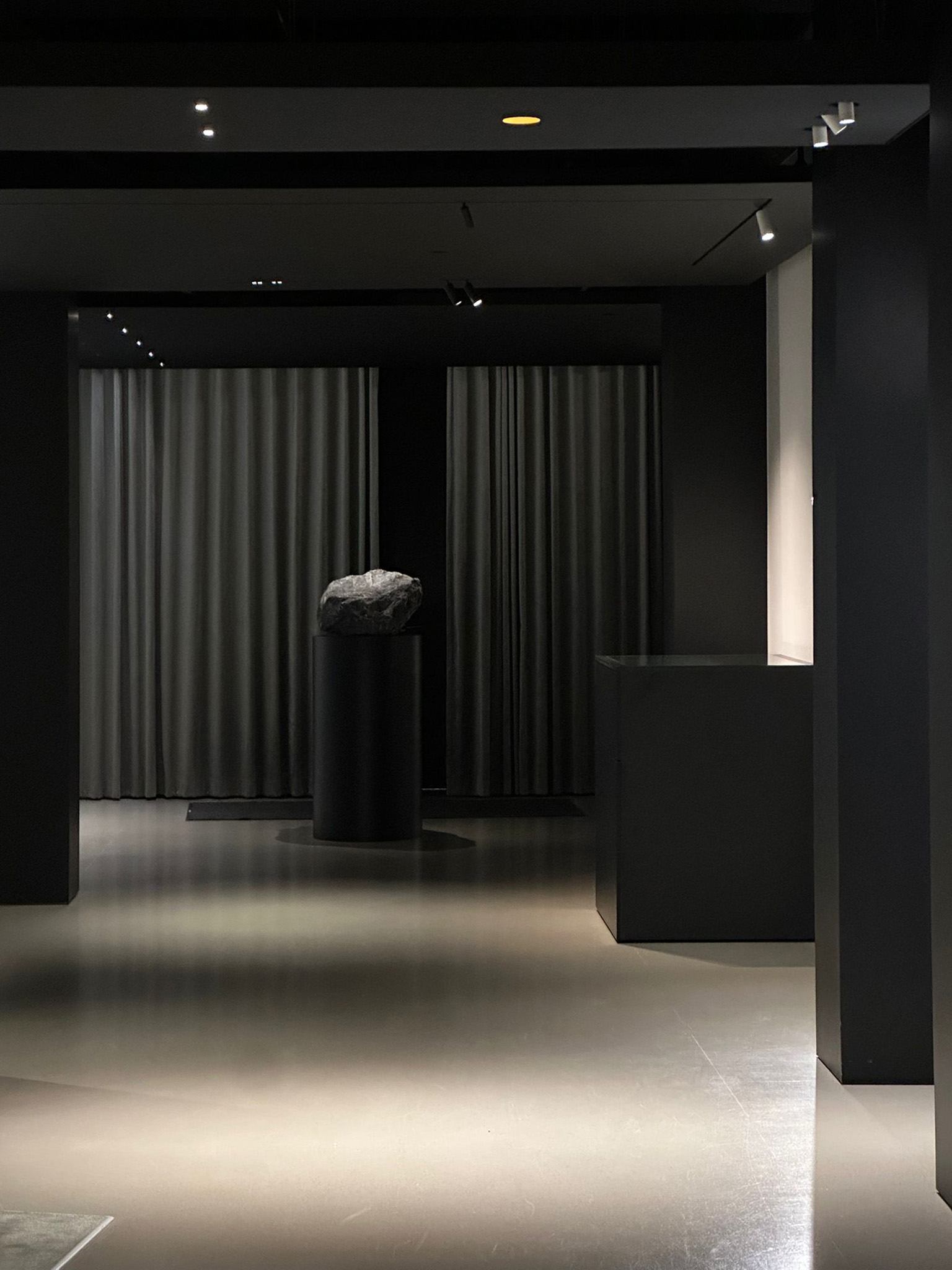

Thanks to this experience, we have learnt to treat light as an architectural material, one that we choreograph to shape form and feeling.
By directing narrow beams to punctuate thresholds and grazing angles to reveal texture, we discovered the possibility to carve out moments of tension and repose. Material samples will be lit under high-CRI sources to ensure finishes read as intended, while adjustable optics and tunable-white controls would allow us to modulate intensity and warmth over time. In our design, lighting won’t merely illuminate; it could define spatial sequence, amplify materiality, and anchor the emotional narrative of the building from morning calm to evening drama.
Thanks to the Delta Light team for their generosity and for fostering a dialogue where design culture and technical expertise genuinely intersect.
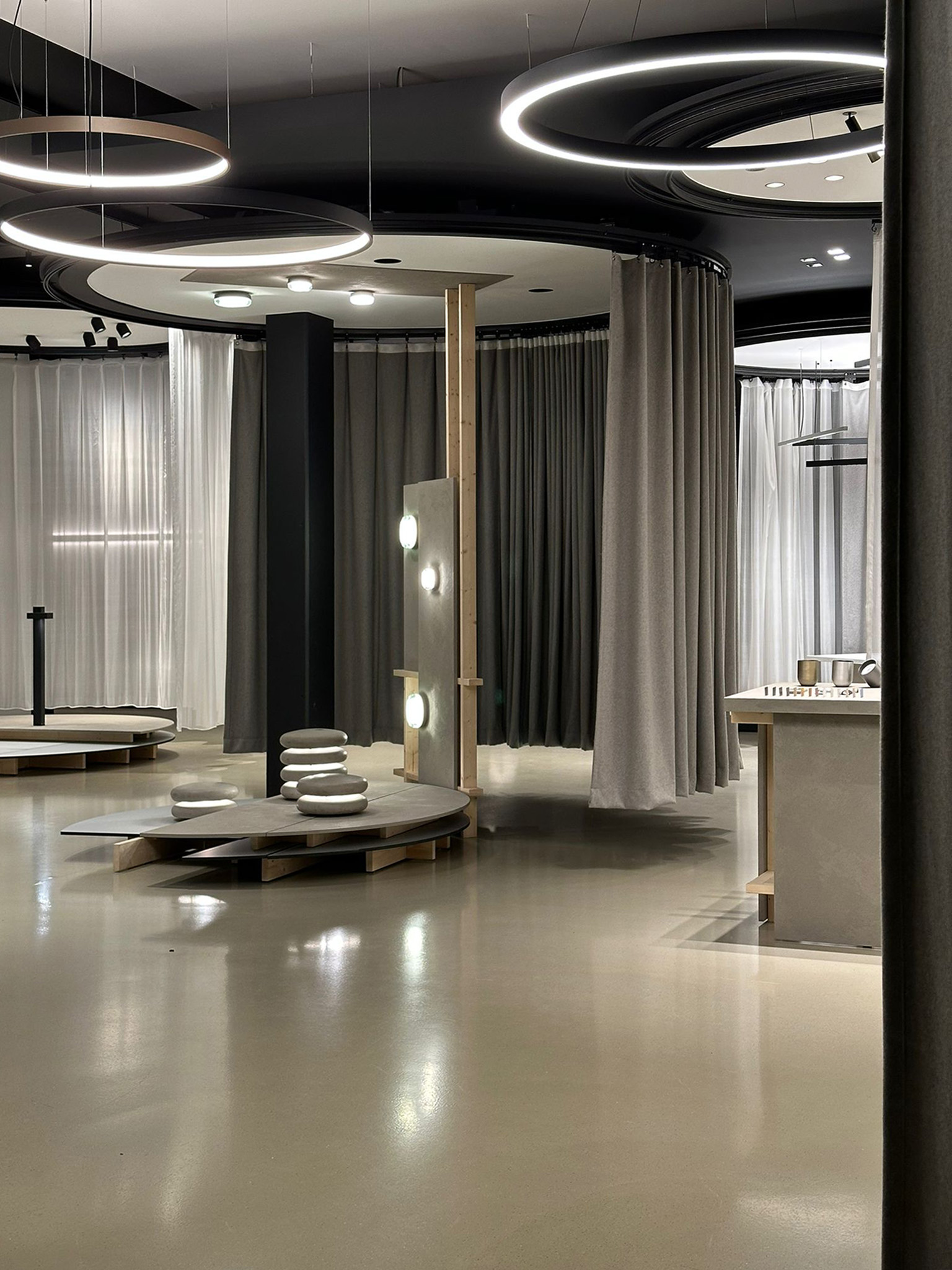
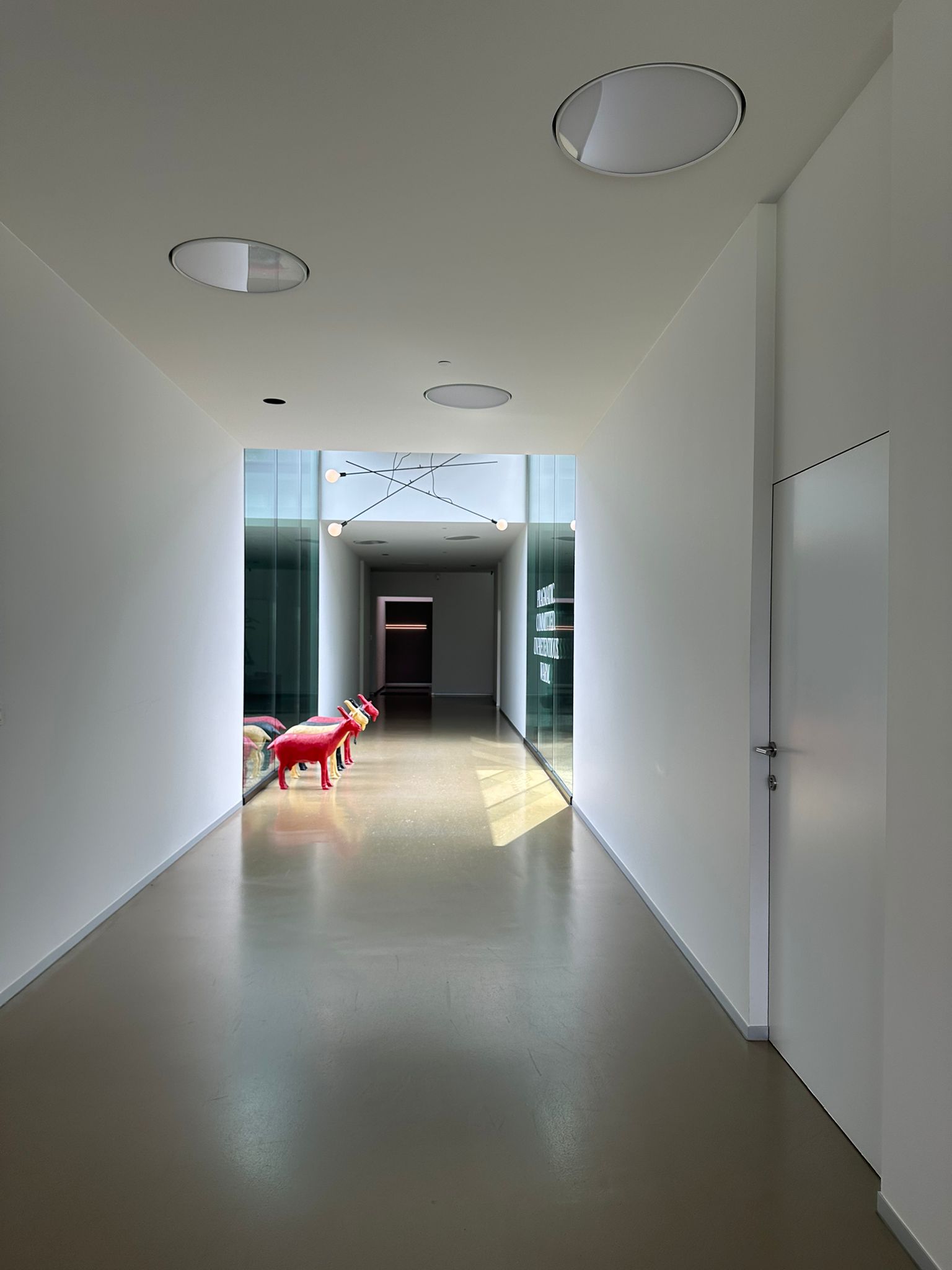
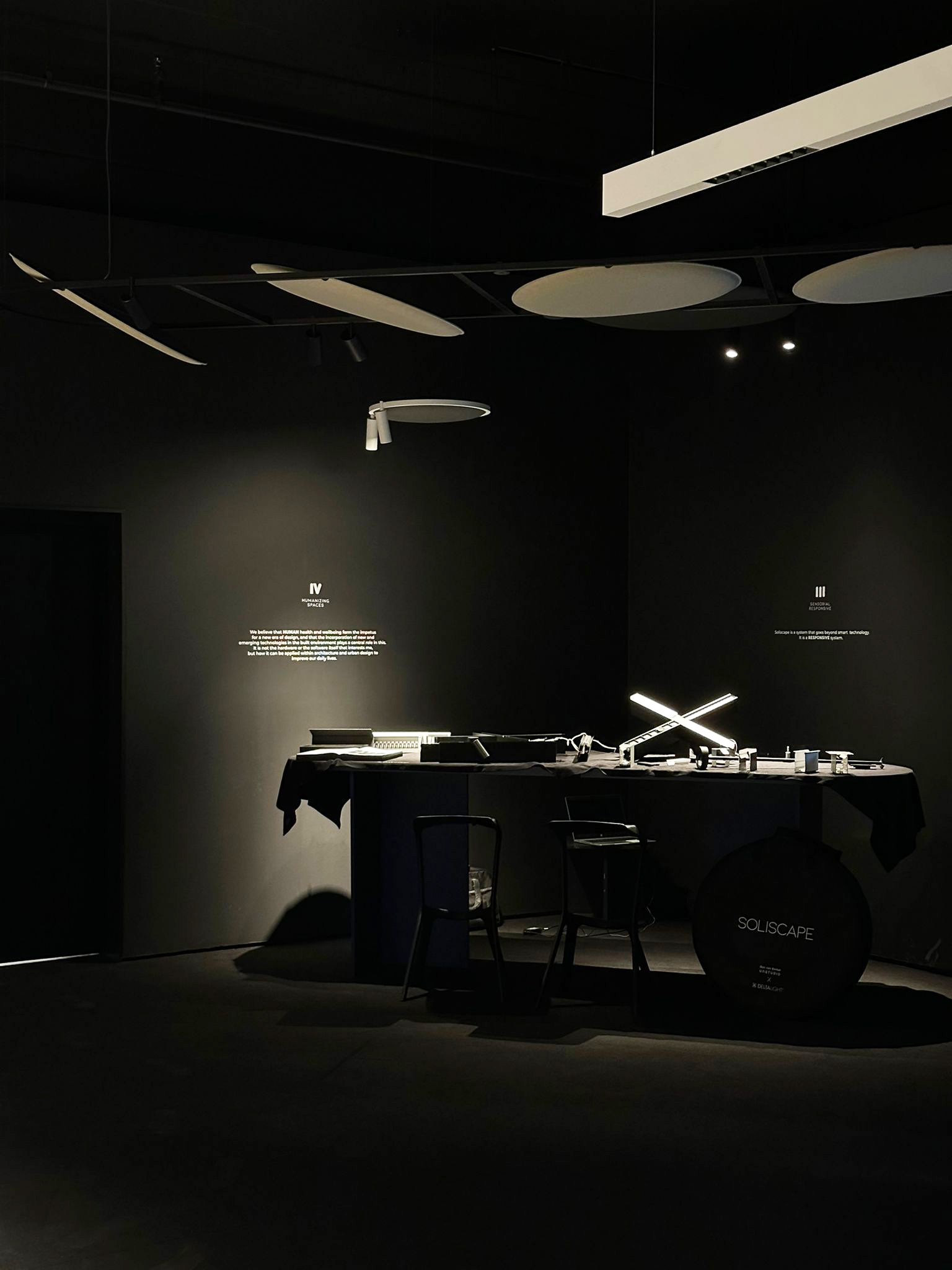




.jpg)
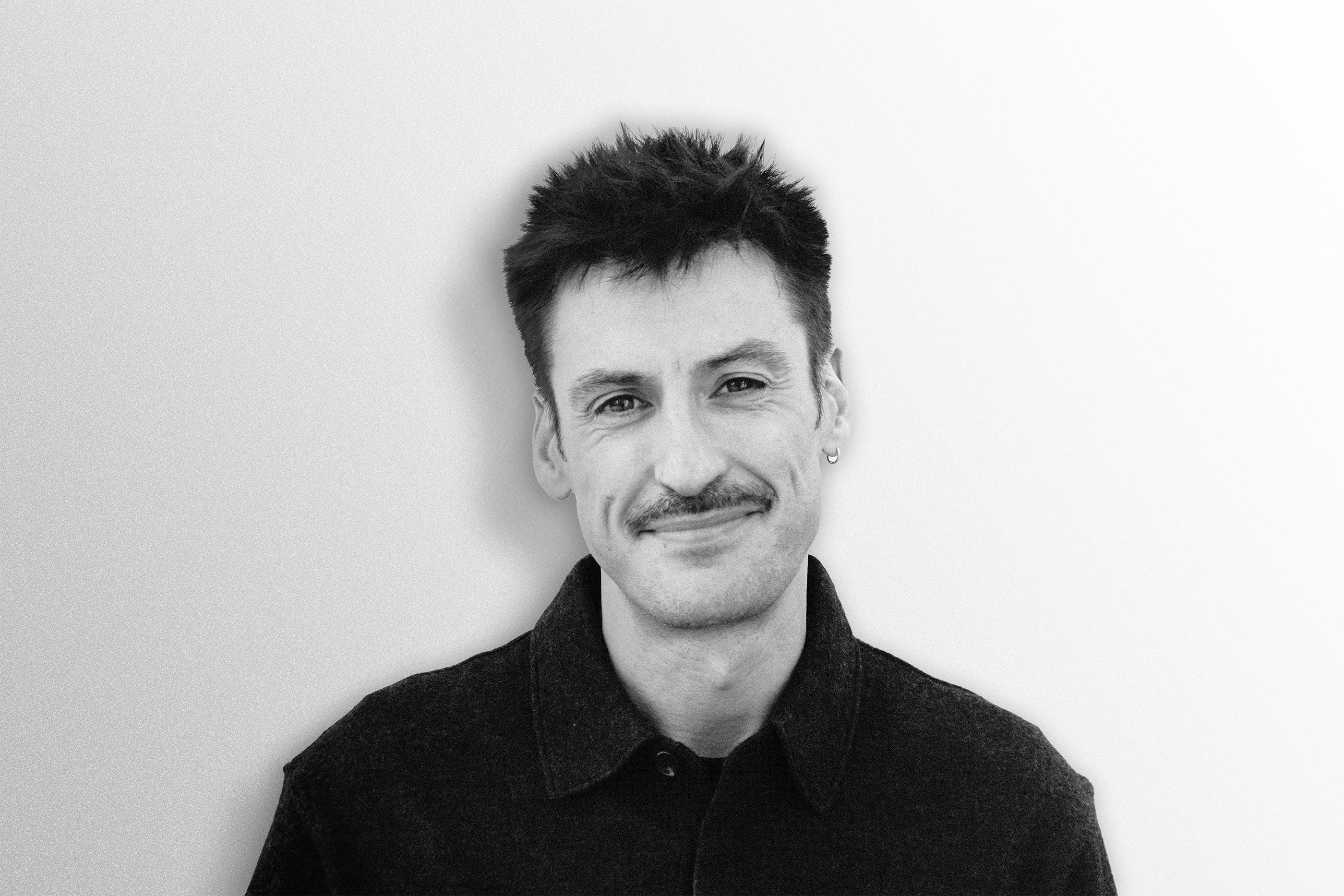





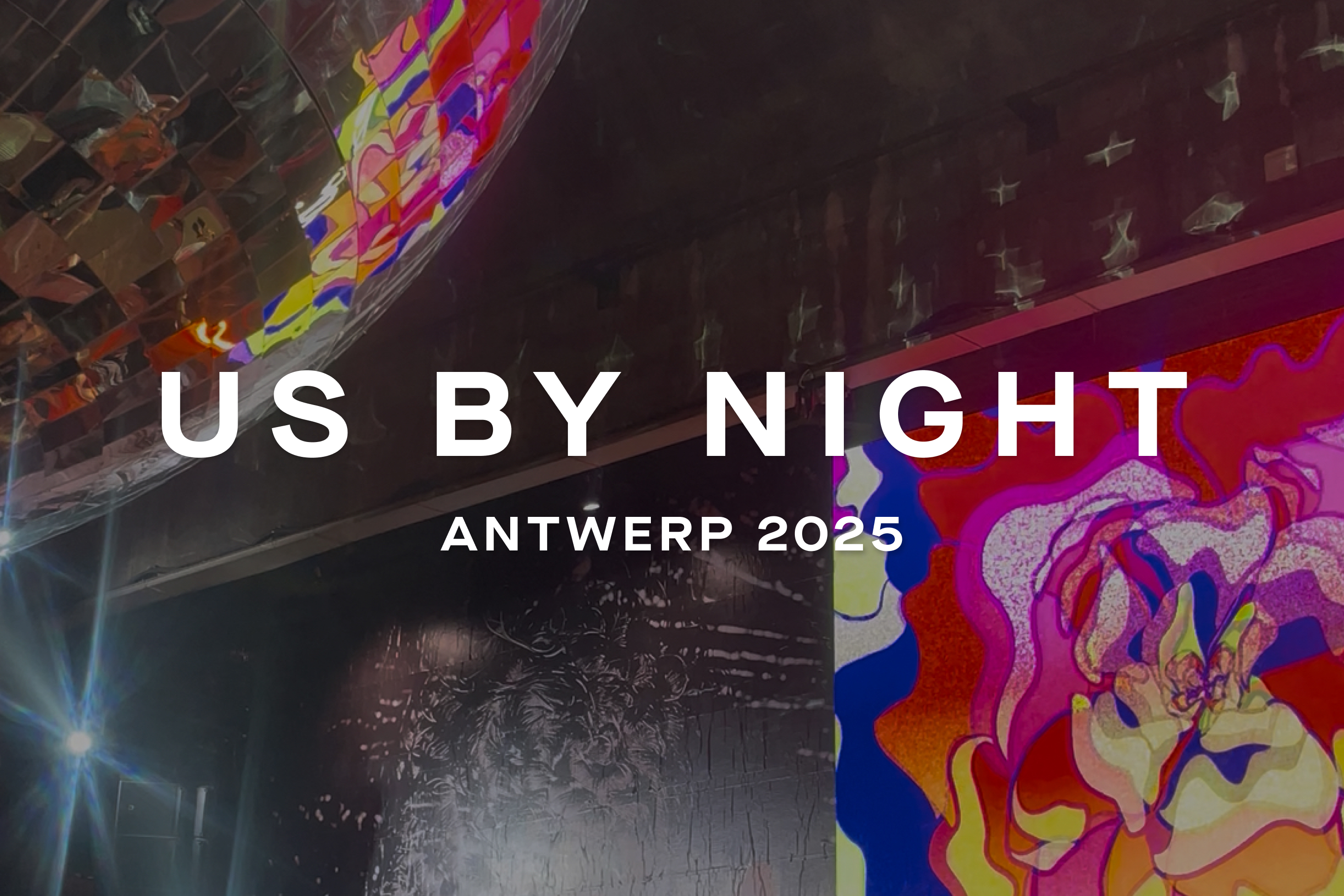
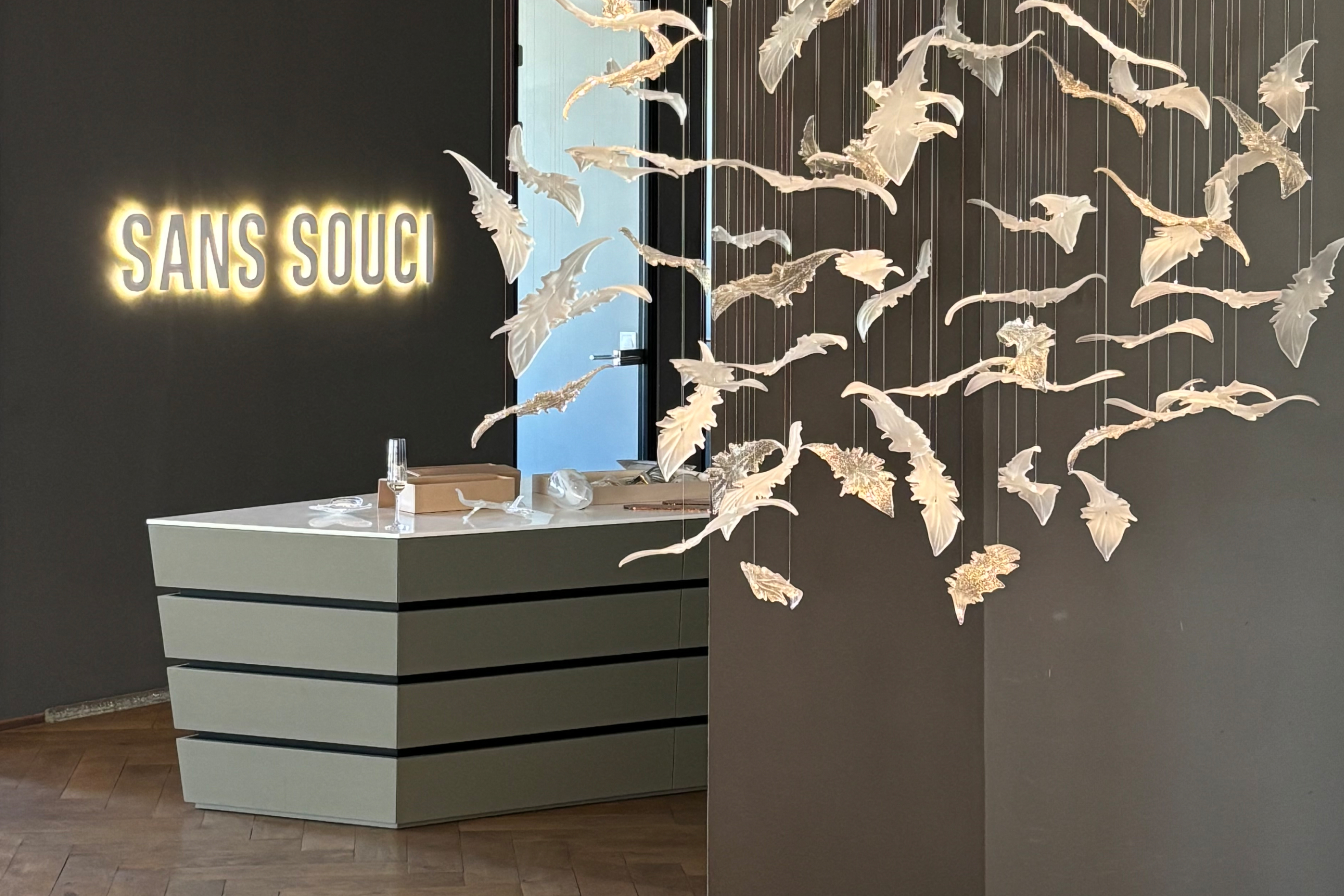


.jpg)












